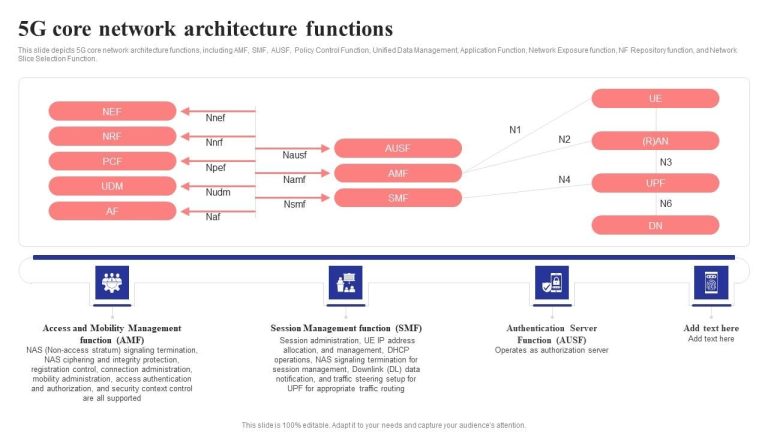Low-Band 5G: Coverage Advantages and Technical Challenges
The deployment of 5G networks is transforming global connectivity, promising faster speeds, lower latency, and more reliable connections. While much of the excitement centers on high-band (mmWave) 5G with its gigabit speeds, low-band 5G plays an equally critical role in ensuring broad coverage and accessibility. By operating in spectrum below 1 GHz, low-band 5G delivers a balance of performance and coverage that makes it essential for large-scale adoption. However, it also comes with its own technical challenges.
Coverage Advantages of Low-Band 5G
One of the biggest advantages of low-band 5G is wide-area coverage. Radio waves in this frequency range travel long distances and penetrate obstacles like walls, buildings, and trees more effectively than mid-band or high-band signals. This makes low-band 5G ideal for rural areas, highways, and indoor environments where higher frequencies struggle.
Low-band 5G also supports better indoor connectivity, a critical factor for users in urban and suburban regions. Unlike mmWave signals that often require line-of-sight, low-band frequencies can maintain a stable connection even in complex environments.
Another significant benefit is cost efficiency. Since low-band signals cover more area with fewer cell sites, operators can extend 5G coverage faster and at a lower infrastructure cost. This makes it a cornerstone in achieving nationwide 5G availability, particularly in developing regions where network investment must be balanced with affordability.
Technical Challenges of Low-Band 5G
Despite its advantages, low-band 5G faces several technical limitations. The most notable is its limited capacity and speed. While low-band 5G offers improved latency and better performance compared to 4G LTE, its speed typically ranges between 50 Mbps to 250 Mbps—significantly lower than the gigabit speeds possible with mid-band or mmWave 5G.
Another challenge is spectrum scarcity. Much of the low-band spectrum is already heavily used for existing mobile and broadcast services. Operators must carefully re-farm or share these frequencies, which can slow deployment and limit performance.
Low-band 5G also struggles with network congestion in densely populated areas. Since each low-band cell site covers a large area, a high number of connected devices can overload the available capacity. This makes it less suitable for high-demand urban centers, where mid-band and mmWave 5G can better handle large volumes of traffic.
The Role of Low-Band 5G in the Future
Low-band 5G is not designed to replace higher frequency 5G but to complement it. A layered spectrum strategy is key: low-band for broad coverage, mid-band for a balance of speed and range, and high-band for ultra-fast connections in dense urban zones. Together, these layers create a seamless and scalable 5G experience.
As 5G technology evolves, low-band networks will remain vital for ensuring inclusivity and accessibility. They will form the backbone of nationwide coverage, bridging the digital divide and enabling advanced applications such as IoT in agriculture, logistics, and smart cities.







